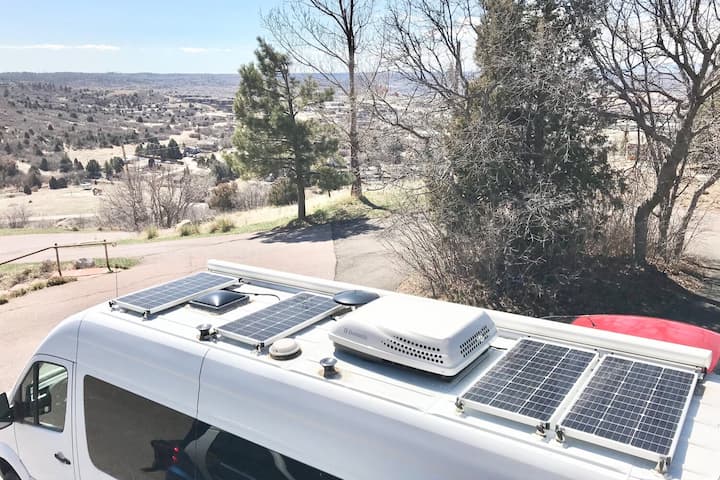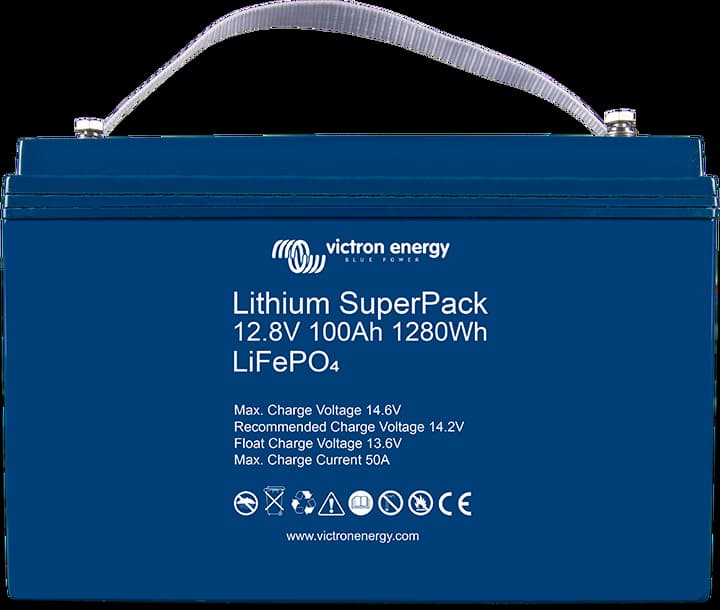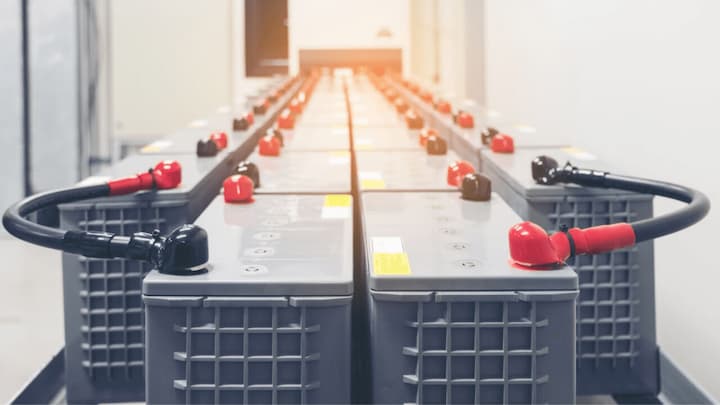Beyond the Reasons: How to Store Solar Energy When Camping
The need for solar is rising day by day and with it, the price for incorporating it into your home, mobile or not, drops. The negative impact on the environment from fossil fuels and the advancements in solar technology have made this possible and solar energy is slowly but surely becoming the energy source of the future. There other reasons why solar energy is becoming so popular, especially in mobile homes. The ability to generate clean power no matter where you are can be invaluable.
You can make use of solar power virtually everywhere and there is less electricity loss when converting UV light to usable power. Not only is it safe for the environment, but solar energy is also good for your pockets in the long run. For example, powering your RV with solar is a great way to make camping trips more convenient. More and more people are doing this as it saves them from packing generators and the hassle of going to town to refill them with fuel. But how can you get the most use out of the solar energy you generate when in an RV?

What Is the Best Way to Store Solar Power?
This question gets asked by a lot of people when they first go on camping with their RV. The answer is simple. The best way to store solar power when on the go is with powerful 100ah batteries. These batteries can have a different kind of chemistry inside them and the most popular are flooded lead-acid, nickel-based, lithium-ion, and flow.
Lithium-Ion
The most advanced battery type out of all four here is li-ion (lithium-ion). These types of batteries have both a cathode and an anode and have a slightly lower energy density. But li-ion batteries have a flat discharge curve and one of the longest lifespans. These batteries can be discharged completely without any consequences and they accept high charge rates. Li-ion batteries are mainly used as 100A or 100ah batteries. One other perk is that they weigh half the weight of flooded (lead-acid) batteries. A 100ah lithium battery produces no off-gassing, making it one of the most environmentally friendly options.

Flooded Lead-Acid
This is the oldest type of battery you’ll see used for storing solar energy. Flooded-lead acid batteries feature plates and grids placed in a container which is filled with liquid electrolyte. The advantages of these batteries are that they are affordable, tried and tested. They may not offer some of the benefits of lithium-ion or other types of batteries but they still get the job done. With a flooded battery, you have to provide proper ventilation and regular maintenance so the battery operates optimally. These batteries are mainly used as backup storage for emergencies and they are great for off-grid systems too.
Flow
Flow batteries are a relatively new contender on the battery market. The technology they use, however, isn’t really new. They are called flow batteries since they feature a water-based solution filled with zinc-bromide. While flow batteries aren’t as widespread nowadays they have one perk – being the smallest solar battery there is. If you’re tight on space then flow batteries are worth taking a look at.
Flow batteries much like li-ion ones have a discharge depth of 100%. This means they can be fully discharged without any consequences. They are rather expensive though and unlike Li-ion batteries do not have a large capacity. This is why flow batteries aren’t recommended for large-scale solar systems, and that’s the main reason that prevents them from becoming a popular option for everyday use. However, they are still very much suitable for RV use.

Nickel Based
These types of batteries can be either sodium nickel chloride or nickel-cadmium. The latter is more widespread than the former as they have been around for a lot longer. Ni-Cd (nickel-cadmium) batteries can withstand high-temperatures without having their performance affected. They are also maintenance-free but they have to be disposed of in a responsible manner, as they can be harmful to the environment. Nickel-based batteries are also popular for large-scale applications but they are not able to hold a charge for a long time because they are prone to memory effect.
How Much Solar Do I Need to Charge My RV Batteries?
When using a 100W solar panel you usually need a 30ah battery, but that isn’t always going to be the case. You see, there are different devices and appliances in your RV, all of which require different amounts of power. It’s best to calculate your power needs before you select the battery size as well as panel wattage and count.
You can do this by making a list of all the appliances and devices, writing down their wattage usage and estimating your energy requirements. You divide the total watt-hours needed to power the appliances and devices with the voltage of the system which is usually 12V. This is where you get the necessary Amp-hours (ah). This will determine the size of your battery and it is always recommended that you go a bit over that number.
